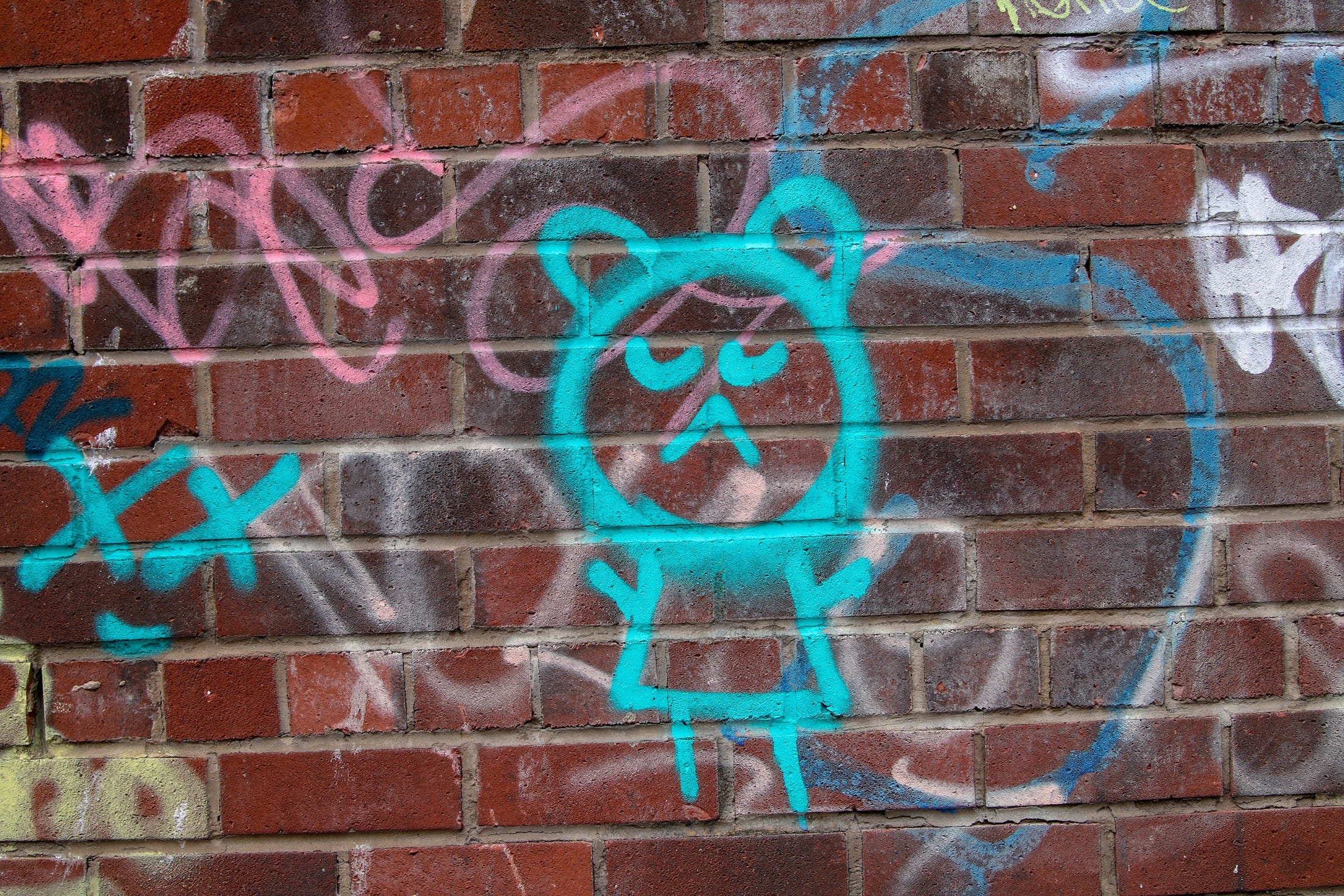Creating a Custom User Confirmation Modal With the React Router Prompt
- published

This is a short walkthrough on how to use React-Router’s v5 Prompt component
to replace the built in user confirmation window object with your own custom
UserConfirmation modal.
There is another really good
article
about blocking the navigation to prevent the default modal so that we can render
our own custom component instead. They briefly mention an alternative method
that involves utilizing BrowserRouter and the getUserConfirmation prop,
which is exactly the solution this post covers!
Briefly Behind the Scenes
Without going into too much detail, essentially you can trace the Prompt
component all the way through RouterContext, Router and BrowserRouter.
BrowserRouter is where the magic begins. Specifically where the history prop
is created on line
11.
react-router uses createBrowserHistory to create our rendered history prop
as an extension of the window.history that’s available in any browser. If you
look in createBrowserHistory, you’ll also see the final layer of our
confirmation window which comes from the initialization of getUserConfirmation
from getConfirmation defined in DomUtils. This is where the default modal
gets defined as a window object.
export function getConfirmation(message, callback) {
callback(window.confirm(message));
}
Creating our Custom UserConfirmation modal
Since we are opting out of the window object and replacing it with our own custom component, we not only need to render a nicer modal but we also need to include all of the functionality for canceling and confirming the callback.
Remember that getUserConfirmation is initialized in BrowserRouter and is
what determines what our confirmation modal displays. So wherever you’re
initializing your application with BrowserRouter is where we’re going to pass
our custom component into the getUserConfirmation prop.
And you’re ready to go! You’re now overwriting the default window component and
rendering your own custom UserConfirmation (even if it might not exist yet).
So let’s make it happen!
import React from "react";
import ReactDOM from "react-dom";
import { Dialog } from "evergreen-ui";
const UserConfirmation = (message, callback) => {
const container = document.createElement("div");
container.setAttribute("custom-confirmation-navigation", "");
document.body.appendChild(container);
const closeModal = (callbackState) => {
ReactDOM.unmountComponentAtNode(container);
callback(callbackState);
};
ReactDOM.render(
<Dialog
cancelLabel="Cancel"
confirmLabel="Confirm"
isShown={true}
onCancel={() => closeModal(false)}
onConfirm={() => closeModal(true)}
title="Warning"
>
{message}
</Dialog>,
container
);
};
export default UserConfirmation;
There are a few key things that we needed to happen in our custom component
besides the UI. Since BrowserRouter and our custom component is rendered a
layer above where our normal application is rendered, we start by initializing a
container that we use to directly render the modal. Then we actually define what
the container is rendering.
This is where we create the functionality of closing the modal through either a
cancel or confirm action. In our closeModal function we unmount our manually
rendered component and either push the user to the next location or stay at the
location whether the Prompt was triggered. Fortunately, the callback function
that is passed from Prompt makes sending the user to the next location or
staying on the page really simple for us. All we need to pass callback is a
boolean that tells us whether the user wants to proceed with going to their next
location or doesn’t. So, when the user clicks “Cancel” we can call
callback(false) and likewise when they click “OK” we call callback(true).
And that’s it! You’re done.
But I want more than a message and a callback
This is the part where most people would choose another solution because they want additional customization of the modal that go outside the two props that are given to us.
Sadly, that is a legitimate concern. We can attempt to alleviate this a little
by manipulating our message prop. Our Prompt component will only accept a
string into message. So what we can do here is pass in a stringified JSON
object with key-value pairs of things we’d like to have additional control over
and then parse them out later.
<Prompt
when={when}
message={
JSON.stringify(
`{
"confirmText": "Continue",
"messageText": "It looks like you might have some unsaved
changes! Are you sure you want to continue?",
"cancelText": "Do not continue"
}`
)
}
/>
Then in our UserConfirmation modal instead of using message directly to
display text we need to create a textObj that we use to reference our
customized text keys.
const textObj = JSON.parse(message);
<Dialog
cancelLabel={textObj.cancelText}
confirmLabel={textObj.confirmText}
isShown={true}
onCancel={() => closeModal(false)}
onConfirm={() => closeModal(true)}
title="Warning"
>
{textObj.messageText}
</Dialog>
Now we’re at least going beyond a one-dimensional modal that only allows us to
customize the prompt message displayed to the user. Similarly, you could use the
message prop to conditionally determine what to render. If we hadn’t passed for
example a cancelText, then in our Evergreen Dialog we could choose to set
hasCancel to false so we’re only rendering a confirm button and not a close
icon.
If you have any questions or feedback please leave a comment below! You can follow me on Medium and Github to see more fun stuff I’m working on. Special thanks to Joerg Baier for helping me work through and understand this solution and many of my other coworkers at Rabbet for giving me helpful feedback on this article.